Nissin i40 Fuji flash for X100T; X-Pro and X-T1
Introduction
There are several reasons why the Nissin i40 is an excellent choice for your Fujifilm camera.
- Firstly, as an X-T1 or X100T (S) owner, you’ll like the unmistakably retro styling of this compact flash. You’ve probably been hoping that Fuji came up with a great looking flashgun like this themselves.
- Secondly, the Nissin i40 for Fujifilm has the same kind of hands-on operation as your camera. No LCD screen here, and all functionality can be easily accessed with two simple dials called the Power Dial and Function Dial.
- Thirdly, despite the retro styling, this is a thoroughly modern and fully featured flashgun. It had all the functionality you could wish for like TTL (through the lens metering) and the capability of using it as a remote controller in a multi flash set-up.
The Nissin i40 Fuji flash tilts upwards 90° and sidewards 180° in both directions. It can be used for bounce photography where you use walls and ceilings to illuminate your entire scene with indirect light and not just your subject.
It has a built-in reflector card and slide-on diffuser softbox, which will make the flashlight softer for portrait photography. I’ve found the AF assist light does not work in the production model of the i40 for Fuji unfortunately, due to the hardware limitations of Fuji system. The built-in video light does come in handy at times, set to low values, as a Auto-Focussing aide in photography. All this comes bundled with a flash stand and nicely designed carrying pouch and a carabineer.
Features and functionality
Fuji Super Intelligent Flash system
The Nissin i40 is capable of using Fuji’s Super Intelligent Flash system. This is their version of TTL (Through The Lens) metering, where the extra light from the flash is taken into account for correct exposure.
Different functions: Menu Dial and Power Dial
The small Nissin i40 Fuji is quite convincing with a Guide Number (GN) 40 at the 105mm setting (ISO100). It has a hands-on approach when it comes to controlling all settings. Once you’ve mounted your flash on the Hotshoe and turned it on, the Menu Dial allows you to select the desired function:
- LED Video Light: access the video light feature, use the Power Dial to adjust the output level in 9 steps.
- Sf (Slave Film): synchronises as slave to the traditional single flash system often called Optic Slave Mode. The master flash should be set to M. Use this mode in a traditional studio setup.
- SD (Slave Digital): This is Digital Optic Slave Mode, which ignores TTL pre-flashes.The master flash should be set to TTL.
- M (Manual): Manual Flash Power level, adjust the power settings from 1/1 (full) to 1/250. The white LED light illuminates for both dials to indicate the parameters being adjusted.
- A (Auto): Automatic sensor flash metering (Fuji’s Super Intelligent Flash system), the flash is fully controlled by the camera
- TTL: uses Fuji’s Super Intelligent Flash system (TTL metering), the but power is adjustable with the Power Dial.
- A, B, C and Optic Wireless Mode: Set the Mode dial to the group you want to use for wireless flash, then control the unit from the menu on you camera.
The Power Dial allows you to make fine adjustments to the flash output power. The functionality depend on what flash mode you are in. When TTL or video light is selected, it can be used to compensate flash power in 9 steps by half Ev increments, when set to M, SD or SF you can change flash power from full (1/1) to 1/256 power.
Manual Zoom
You’ll find the Manual Zoom controls on the top of the flash underneath a lid. Manual zooming basically directs the flash output into a more narrow beam for correctly exposing subjects further away. Most modern cameras use a system called ADI (Advanced Digital Integration) which relays distance information from the lens to the camera to correctly set this information. Since it isn’t known in what way (if any) Fuji’s Super Intelligent Flash system and Fujinon lenses are capable of relaying information, it is a feature well worth investigating. The auto zoom’s default position is set to 35mm, if you want to change this, press and hold the on/off switch 3 seconds until the colour of the pilot button changes according to the Manual zoom area.
Is the Nissin i40 the right flash for your Fuji camera?
The Nissin i40 Fuji version has the right balance between power and size for the XT1 and X100 series. My only gripe is that this flash is not weather sealed, so be careful when using it on a weather sealed body like the graphite Fuji X-T1.
Unfortunately Fujifilm does not currently support high speed sync. HSS allows flashes to sync at very high flash speeds so it can be used with large aperture lenses for a shallow depth-of-field with flash photography. Perhaps we’ll see this in future releases, but since current Fujifilm cameras do not support this functionality due to hardware limitations, this has been omitted from the Nissin i40 Fuji version. TTL functionality is there though, which meters correct exposure with all settings taken into account. There is also a video light which is quite useful even for photography where need more light but don’t want to bother your subject with flashing.

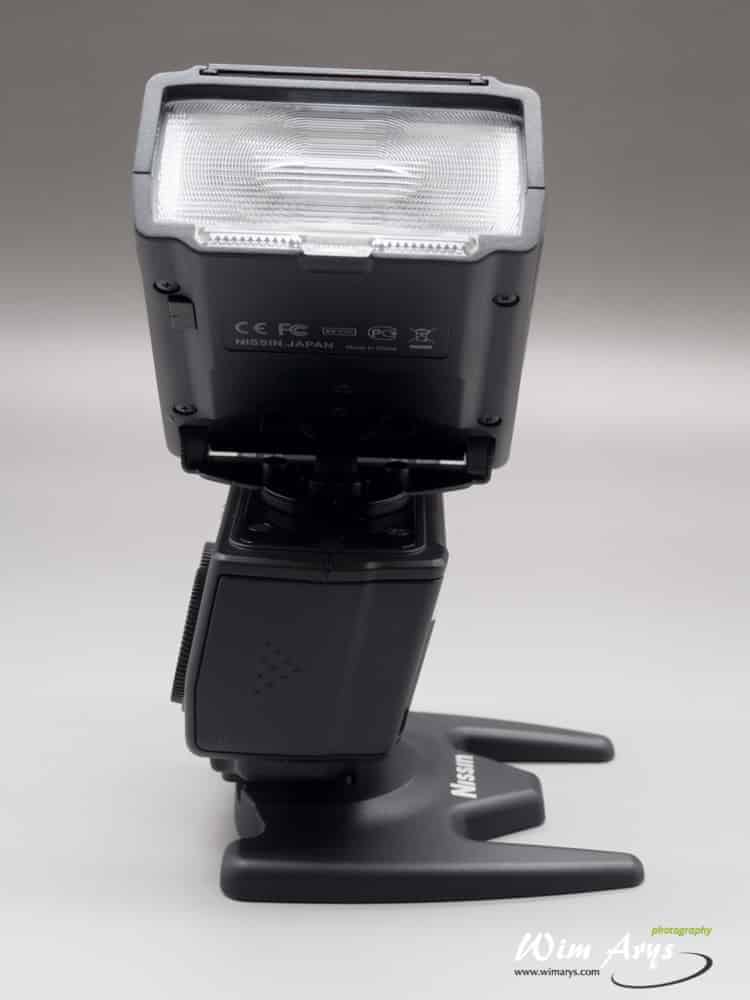
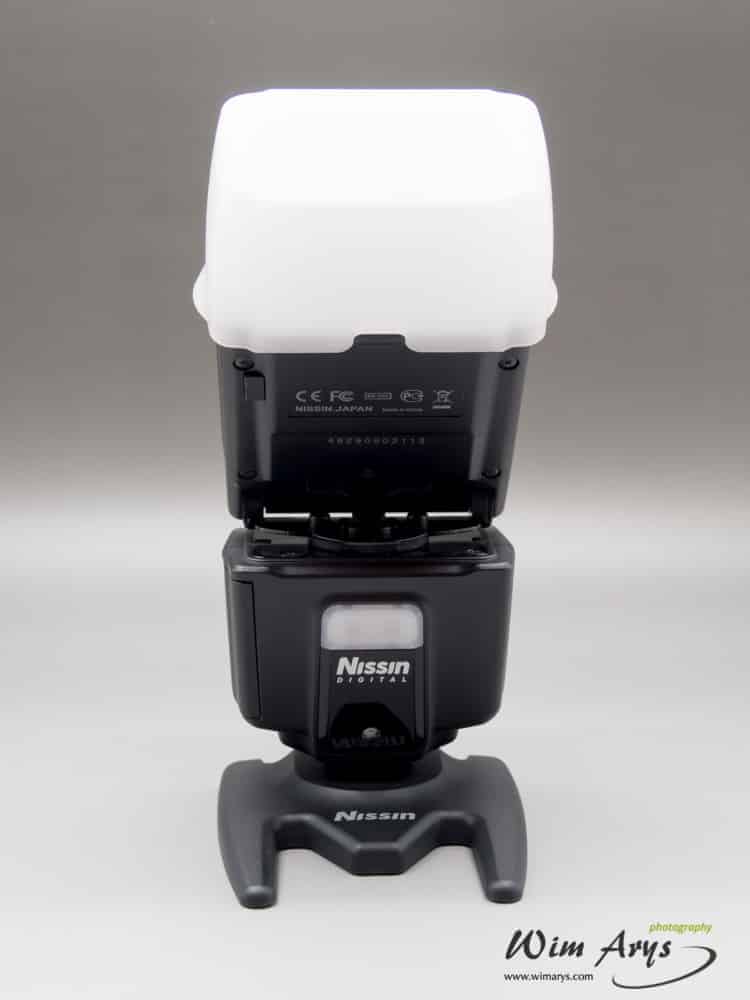
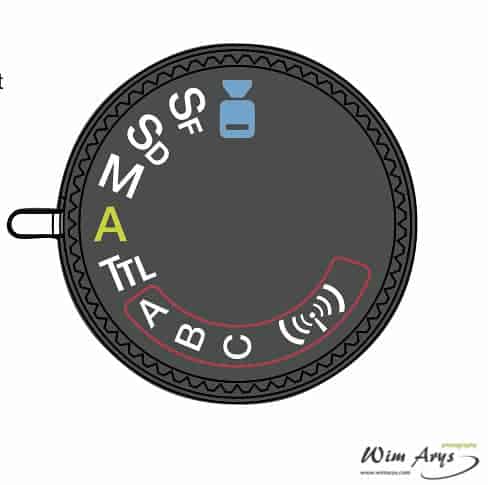
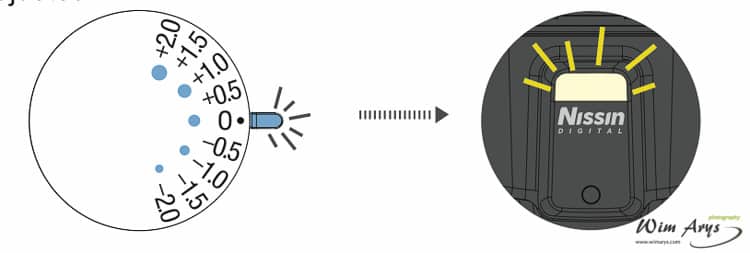

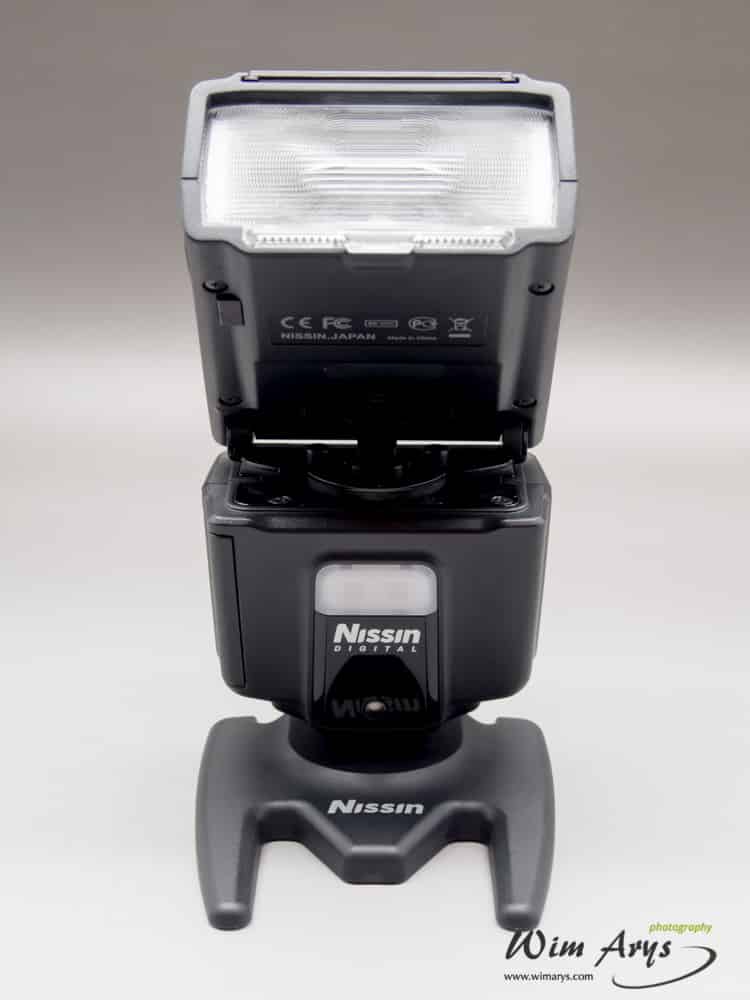


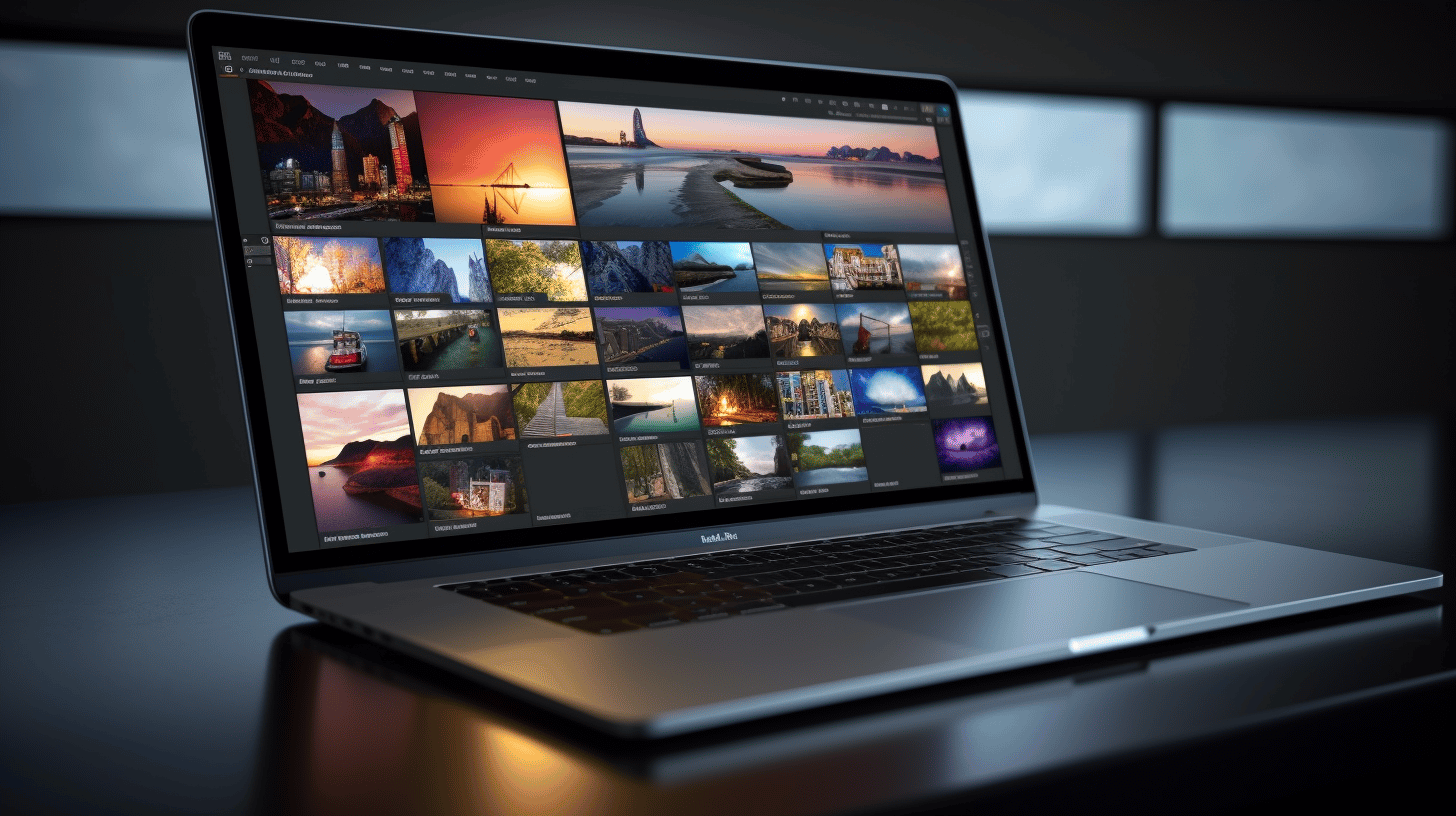
0 Comments